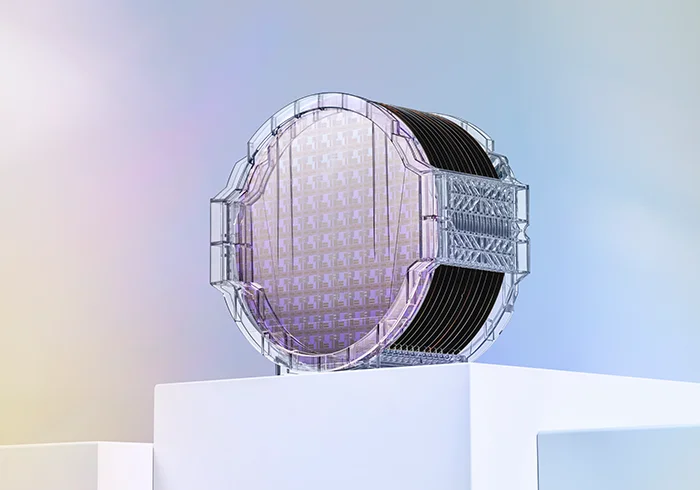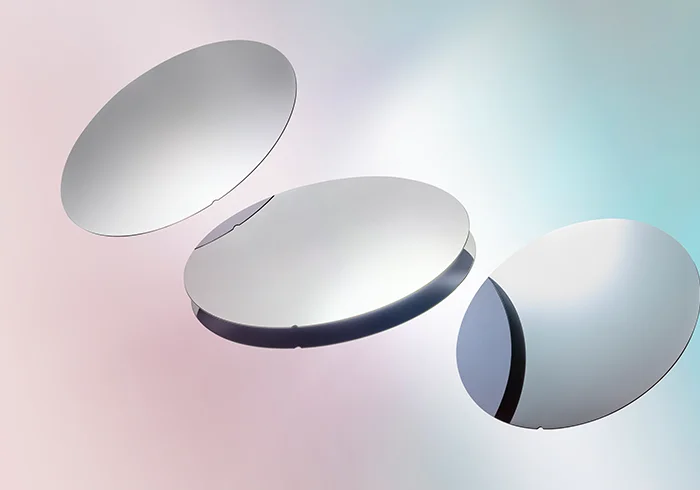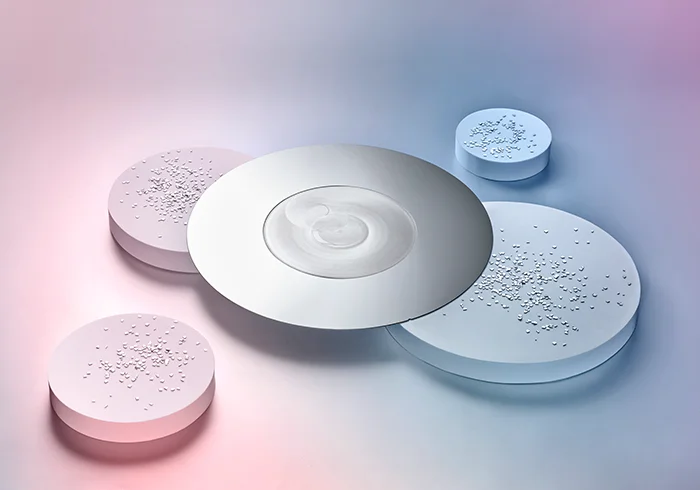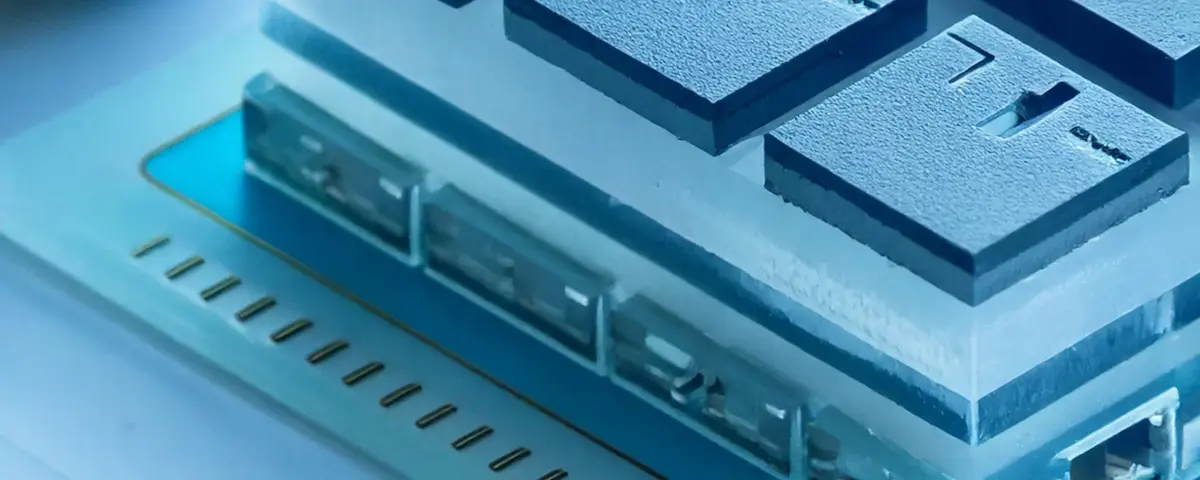
Power electronics: The driving force behind EVs
10. January 2025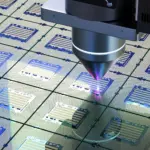
China-Chipocalypse: Trade sanctions backfire
3. February 2025
One of the most promising advancements in the semiconductor industry is the introduction of 3D-Integrated Circuits (3D-ICs). These enable companies to partition semiconductor designs and integrate silicon intellectual property (IP) at optimal process nodes. This strategic approach offers numerous advantages:
- Reduced latency and faster data transmission
- Lower manufacturing costs and higher wafer yields
Despite these benefits, addressing manufacturability and reliability challenges remains a prerequisite for establishing 3D-ICs as an industry standard.
Challenges in 3D-IC reliability
Developing reliable 3D-ICs presents unique challenges. Traditional 2D-IC design methodologies face limitations when applied to heterogeneous packaging and vertical layer stacking. The non-coplanar structure of 3D-ICs introduces several critical issues, such as:
- Complex parasitic interactions that require precise modeling.
- The integration of different process technologies, necessitating iterative analysis and efficient resource planning.
These factors not only complicate design but also manufacturing, requiring customized tools and methodologies.
Solutions for Ensuring Reliability
Overcoming these challenges demands innovative approaches:
- Precise Modeling: Accurate simulation of components such as Through-Silicon Vias (TSVs) enables the identification of parasitic effects and ensures signal integrity.
- Early Planning: Advanced planning tools help analyze layer interactions at an early stage, facilitating reliable integration.
Additionally, advanced parasitic extraction and intelligent data representation play a crucial role in reducing complexity and increasing efficiency throughout the development process.
Shaping the future of 3D-ICs
By combining precise modeling, intelligent planning, and advanced tools, engineers can overcome the challenges of 3D-ICs and ensure the highest standards of reliability. 3D-ICs will shape the future of electronic devices—offering high-performance, energy-efficient, and compact solutions that will benefit both consumers and manufacturers.
